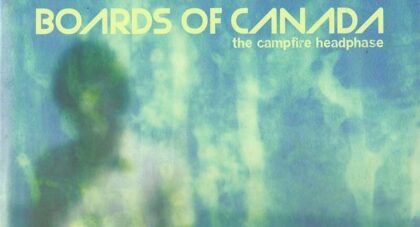Like its lead character, Sling Blade walks a fine line between mishandling sentimentality and portraying somber reality. But its characters are never caricatures, transcending tropes with an often excruciating amount of empathy and depth, none more so than Billy Bob Thornton as the tortured Karl Childers . . .
Only the good shit. Aquarium Drunkard is powered by its patrons. Keep the servers humming and help us continue doing it by pledging your support.
To continue reading, become a member or log in.


